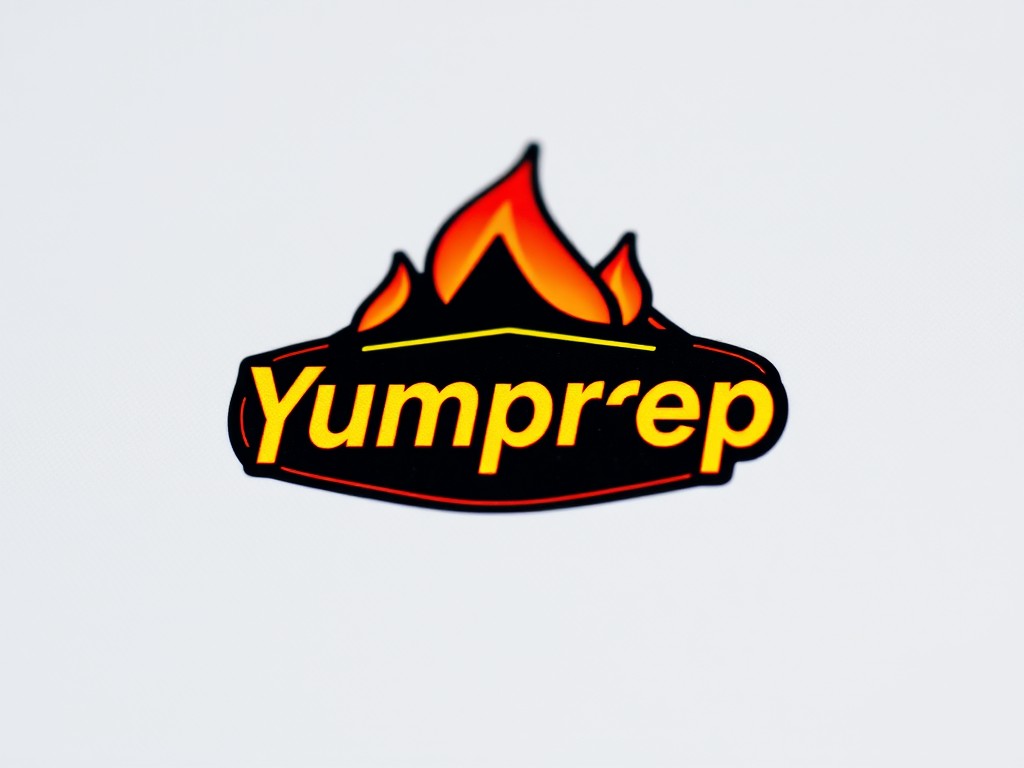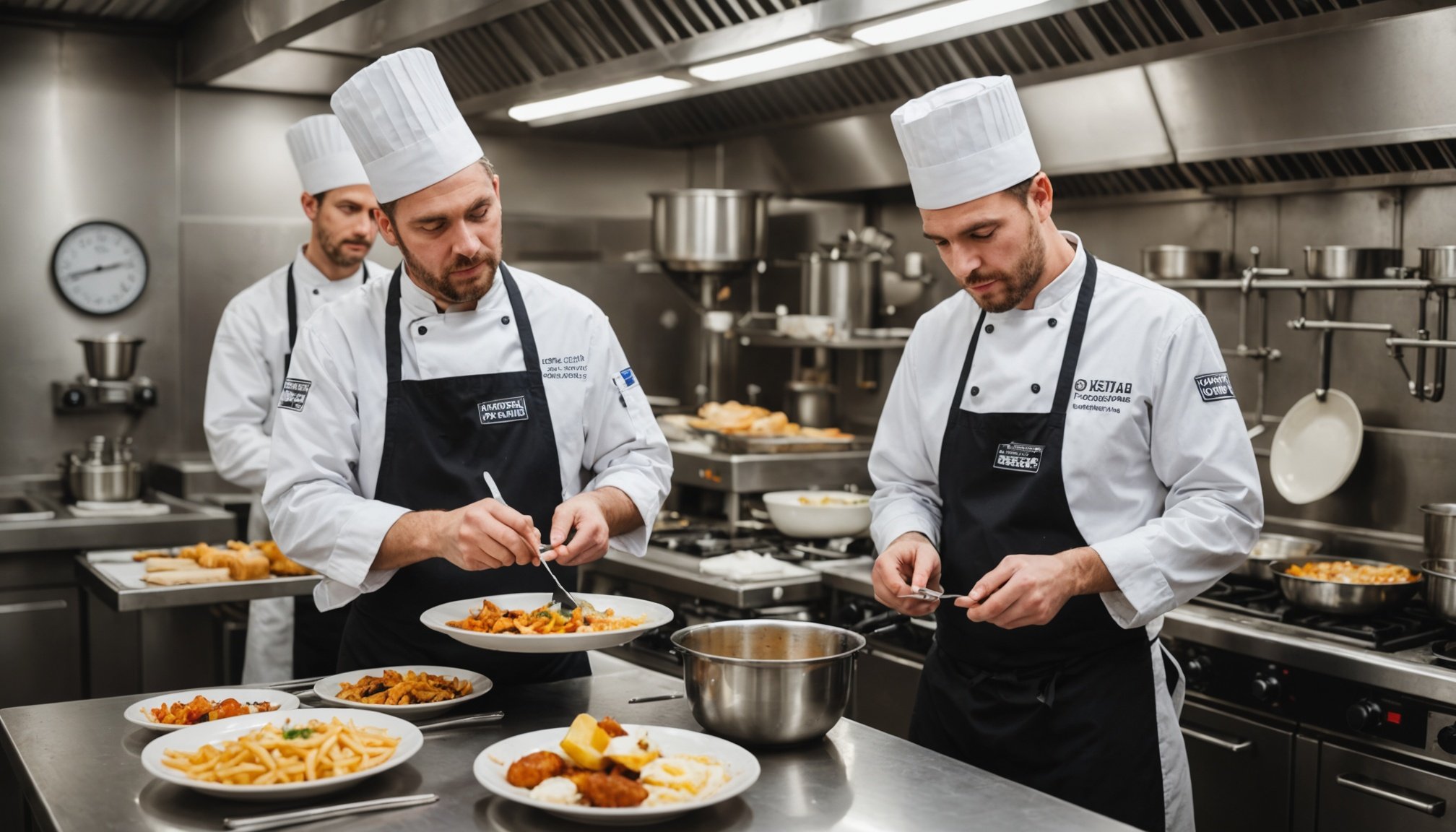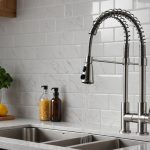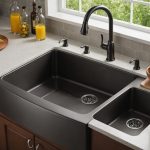Understanding food hygiene ratings in the UK is essential for both consumers and businesses. This guide demystifies the standards that determine these ratings, empowering you to make informed choices about food safety. Whether you're a restaurant owner striving for a five-star rating or a conscientious diner seeking healthy options, this comprehensive resource will provide invaluable insights into best practices and regulatory requirements. Equip yourself with the knowledge needed to uphold hygiene standards effectively.
Understanding Food Hygiene Ratings in the UK
Food hygiene ratings are an essential aspect of UK food safety standards, providing both consumers and businesses with vital information about food safety. The system is designed to help people make informed choices about where to eat or shop for food. For businesses, maintaining a high rating can enhance reputation and attract more customers.
Additional reading : Maximizing sustainability: the ultimate guide to weighing solar energy”s benefits and drawbacks for off-grid restaurants
The food hygiene rating system evaluates the cleanliness and safety of food establishments. Ratings range from 0 to 5, with 5 indicating "very good" compliance with safety standards. These ratings are determined through inspections conducted by local authorities. Inspectors assess several factors, including food handling practices, the cleanliness of facilities, and the management of food safety procedures.
For consumers, understanding food hygiene ratings is crucial for making safe dining choices. A higher rating suggests that an establishment meets high UK food safety standards, ensuring that the food served is safe to consume. For businesses, achieving a high rating can be a competitive advantage, showcasing their commitment to maintaining excellent hygiene standards.
Also read : Creative ways to repurpose leftovers: effective cost-saving strategies for restaurants to reduce food waste
In summary, food hygiene ratings play a pivotal role in the UK's food industry, safeguarding public health and helping businesses thrive by upholding the highest standards of food safety.
The Rating Scale Explained
Understanding the food hygiene rating scale is crucial for both consumers and food businesses. The scale ranges from 0 to 5, with each number representing a specific level of compliance with food safety standards.
Breakdown of the Rating Scale
- 0: Urgent improvement necessary. This indicates significant non-compliance with food safety regulations, posing potential health risks.
- 1: Major improvement necessary. Establishments need to address several critical issues to meet basic standards.
- 2: Improvement necessary. Some aspects of food hygiene are inadequate and need attention.
- 3: Generally satisfactory. The business meets the minimum requirements but has room for improvement.
- 4: Good. The establishment adheres to high standards, with minor improvements suggested.
- 5: Very good. The business fully complies with all food safety regulations, ensuring optimal hygiene.
What Each Rating Signifies
For food businesses, a higher rating can enhance their reputation, while a lower rating may deter customers. Misconceptions often arise, such as assuming a rating of 3 indicates poor hygiene. However, it means the establishment meets acceptable standards. Understanding these categories helps consumers make informed decisions and encourages businesses to maintain high safety standards.
Regulatory Framework Governing Food Hygiene
In the UK, food hygiene regulations are primarily governed by a comprehensive set of laws designed to ensure public safety and maintain high standards in food establishments. The cornerstone of these regulations is the Food Safety Act 1990, which outlines the responsibilities of food businesses to produce food that is safe to eat. This act is supported by various other regulations, such as the Food Hygiene (England) Regulations 2006, which provide detailed guidelines on maintaining hygiene standards.
Local authorities play a crucial role in enforcing UK food law. They conduct regular inspections of food premises to ensure compliance with hygiene regulations. These inspections assess aspects such as cleanliness, food handling practices, and the overall management of food safety procedures. Local authorities also have the power to take enforcement actions, such as issuing improvement notices or, in severe cases, closing down establishments that fail to meet required standards.
Non-compliance with food hygiene regulations can lead to serious consequences for businesses. These include fines, legal action, and damage to reputation, which can deter customers and affect profitability. Therefore, adherence to UK food law is essential for both safeguarding public health and ensuring business success.
Achieving High Food Hygiene Ratings
Achieving high food hygiene ratings involves a proactive approach to maintaining cleanliness and safety. Implementing best practices is essential for any food business aiming to excel in hygiene standards. These practices include regular cleaning schedules, proper food storage, and adherence to food handling protocols. Ensuring that all equipment is sanitised and functioning correctly also plays a crucial role.
Staff training is another vital component in improving food hygiene. Well-trained staff understand the importance of hygiene and are equipped with the knowledge to prevent contamination. Regular training sessions can keep employees updated on the latest food safety regulations and techniques. This not only helps in achieving high ratings but also fosters a culture of safety and compliance within the establishment.
Regular self-assessments are equally important for maintaining high standards. These assessments allow businesses to identify potential issues before they escalate into significant problems. By routinely evaluating their practices, businesses can ensure continuous improvement and readiness for official inspections. Regular self-assessments also demonstrate a commitment to food safety, which can positively impact a business's reputation.
By focusing on these areas, food establishments can effectively work towards achieving and maintaining high food hygiene ratings, ensuring both consumer safety and business success.
Case Studies of Successful Food Businesses
Exploring food hygiene success stories can provide valuable insights for businesses aiming to achieve high ratings. One notable example is a family-owned café in London that consistently scores a 5 on the hygiene rating scale. Their success is largely attributed to implementing rigorous best practices, such as daily sanitation protocols and meticulous food storage systems. This commitment to cleanliness has not only ensured compliance but also attracted a loyal customer base.
Another inspiring story is a restaurant chain that turned its hygiene rating around from a 2 to a 5. The turnaround was achieved by investing in comprehensive staff training programs, emphasising the importance of hygiene and proper food handling. Employees are now well-versed in preventing contamination, which has significantly improved the establishment's reputation.
Lessons learned from these businesses highlight the importance of proactive strategies. Regular self-assessments, for instance, have proven effective in identifying potential issues before they affect official inspections. By fostering a culture of continuous improvement and compliance, these establishments demonstrate that achieving high food hygiene ratings is not only possible but also beneficial for business growth. These success stories serve as a blueprint for others aiming to enhance their food safety standards.
Practical Tips for Consumers
Understanding food hygiene ratings is essential for ensuring consumer food safety. When evaluating food businesses, consumers should pay attention to the rating displayed at the entrance or online. A rating of 5 signifies excellent compliance with safety standards, while lower ratings indicate varying levels of improvement required.
When choosing safe dining options, consider these tips:
-
Check ratings: Always verify the hygiene rating before dining. A high rating suggests the establishment prioritises cleanliness and safety.
-
Observe cleanliness: Upon entering, note the general cleanliness of the premises. Clean tables, floors, and restrooms often reflect good hygiene practices.
-
Assess staff behaviour: Well-trained staff who follow hygiene protocols, like washing hands and wearing gloves, indicate a commitment to food safety.
If you encounter concerns about food safety, several resources are available for reporting. Local authorities usually have a dedicated phone line or website for lodging complaints. Additionally, the Food Standards Agency (FSA) provides an online platform for reporting issues. By staying informed and proactive, consumers can play a crucial role in maintaining high standards in the food industry, ensuring both their safety and that of others.
Interactive Tools and Resources
Navigating the world of food hygiene resources can be simplified with the right tools and checklists. These resources are indispensable for businesses aiming to maintain high hygiene standards.
Available Checklists for Businesses
Businesses can access a variety of checklists designed to ensure compliance with food safety regulations. These checklists typically cover essential areas such as cleaning schedules, food storage protocols, and equipment maintenance. By systematically following these checklists, businesses can ensure thorough coverage of all critical hygiene aspects, reducing the risk of non-compliance.
Online Tools for Tracking Hygiene Ratings
Several online tools are available to help businesses and consumers track hygiene ratings. These platforms allow users to search for specific establishments and view their current ratings. For businesses, these tools can serve as a benchmark, helping them to monitor their progress and identify areas for improvement.
Educational Resources for Staff Training
Educational resources play a crucial role in staff training, providing comprehensive materials on food safety practices. These resources often include interactive modules and quizzes, making learning engaging and effective. Well-informed staff are better equipped to uphold hygiene standards, contributing to a safer environment for both employees and customers.
The Role of Technology in Food Hygiene
In the evolving landscape of food safety, technology in food safety is playing a transformative role. With advancements in hygiene monitoring, businesses are now equipped with innovative tools to enhance their food safety practices.
Innovations in Food Safety Technology
Recent innovations have introduced sophisticated systems that automate and streamline hygiene processes. Digital thermometers, for instance, provide accurate temperature readings, ensuring food is stored and cooked at safe levels. Automated cleaning systems reduce human error, maintaining consistent cleanliness standards.
Benefits of Digital Monitoring Systems
Digital monitoring systems offer significant advantages. These systems track hygiene parameters in real-time, providing immediate alerts for any deviations. This proactive approach helps businesses address potential issues before they escalate, ensuring compliance with safety standards.
Case Examples of Tech Improving Hygiene Practices
Consider a restaurant chain that implemented a digital monitoring system for its refrigeration units. By receiving instant alerts when temperatures fluctuated, they prevented spoilage and maintained food quality. Another example is a bakery using automated cleaning schedules, which improved efficiency and ensured thorough sanitation.
Embracing technology in food safety not only enhances hygiene standards but also builds consumer trust. By leveraging these advancements, businesses can ensure a safer dining experience for their customers.
Future Trends in Food Hygiene Ratings
As the future of food hygiene continues to evolve, several trends are poised to shape the landscape. Anticipated changes in regulations and standards are at the forefront, with authorities likely to introduce stricter guidelines to enhance consumer protection. These evolving standards aim to address emerging food safety challenges and incorporate advancements in technology.
Public awareness is playing an increasingly pivotal role in shaping hygiene practices. With consumers becoming more informed about food safety, businesses are under pressure to maintain high standards. This heightened awareness is expected to drive demand for greater transparency in hygiene ratings, pushing establishments to prioritise cleanliness and safety.
Technology is set to revolutionise food safety, with innovations like real-time monitoring systems and AI-driven analytics becoming more prevalent. These advancements are predicted to streamline compliance with evolving standards, offering businesses efficient ways to manage hygiene. As technology integrates further into food safety protocols, it is anticipated to enhance both the accuracy and reliability of hygiene ratings.
In conclusion, the future of food hygiene will likely be characterised by stricter regulations, increased public scrutiny, and the transformative impact of technology. These trends will collectively ensure that food safety continues to improve, benefiting both consumers and businesses.
Conclusion and Further Reading
Understanding food hygiene ratings is crucial for both consumers and businesses. These ratings help ensure that food establishments maintain high standards of cleanliness and safety. For those eager to delve deeper into this topic, numerous further resources are available to enhance your knowledge.
Food hygiene education is vital for maintaining public health standards. There are several online platforms offering comprehensive courses on food safety practices. These courses often include interactive modules, allowing learners to engage with the material actively. They cover essential topics such as food handling, storage, and sanitation practices.
For ongoing education, consider subscribing to industry publications or joining professional organisations related to food safety. These resources provide updates on the latest regulations and innovations in food hygiene. Additionally, local authorities often offer workshops and seminars to help businesses and individuals stay informed about best practices.
By exploring these further resources, readers can continue to expand their understanding of food hygiene. This ongoing education not only benefits individual knowledge but also contributes to a safer food environment for everyone. Engaging with these materials ensures that consumers and businesses alike can make informed decisions, ultimately enhancing food safety standards across the board.






